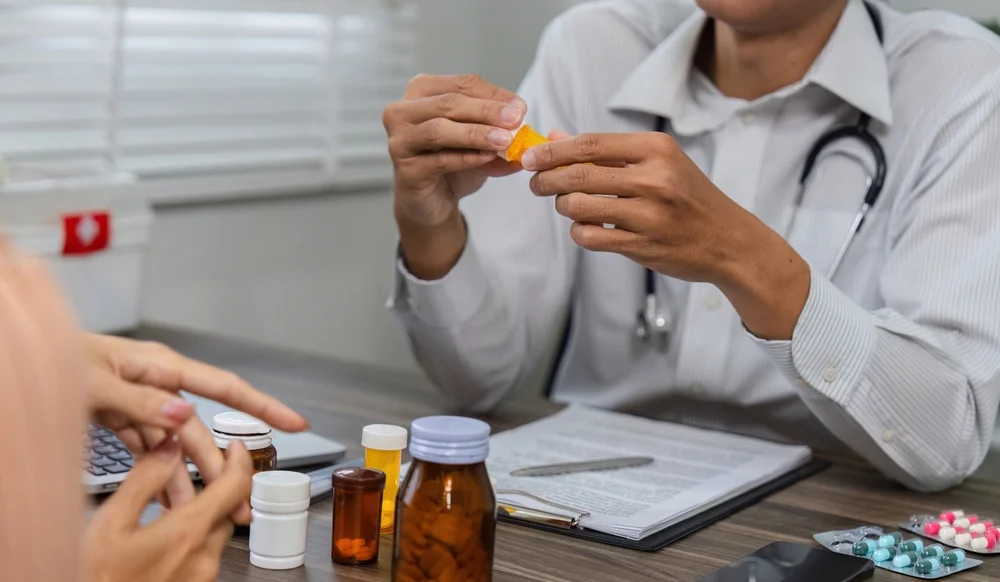Table of Contents
Toggle- What Is Blister Packaging?
- Common Uses of Blister Packaging
- Types of Blister Packaging
- Benefits of Blister Packaging
- Materials Used in Blister Packaging
- How Blister Packaging is Made
- Industries That Use Blister Packaging
- Blister Packaging vs Other Packaging Options
- Sustainability and Environmental Considerations
Ever picked up a pack of pills, a new toothbrush, or some batteries? Then you’ve probably come across blister packaging. It’s that clear plastic cover that holds the product in place, usually attached to a piece of cardboard or foil.
Blister packaging is everywhere, especially when it comes to things like medicine and everyday items. It keeps products safe, easy to see, and neatly packed. But what exactly is it, and why do so many brands use it?
In this post, we’re breaking it all down. You’ll learn what blister packaging is, how it’s used, the different types out there, and why it’s such a go-to option for so many industries. Whether you’re just curious or looking for the right packaging for your own product, this guide will give you a clear and simple look at how it all works.
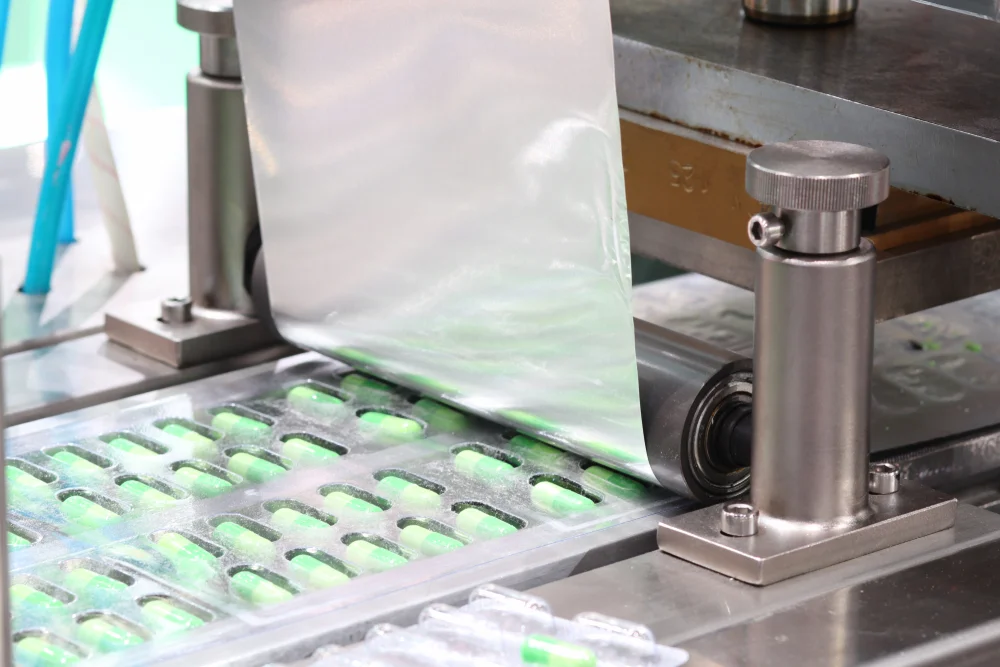
What Is Blister Packaging?
Blister packaging is a type of packaging where a product is sealed inside a clear plastic bubble that’s shaped to fit it. That bubble is then attached to a flat piece of cardboard or foil. It’s called “blister” packaging because the plastic sticks out like a little blister over the product.
The clear plastic keeps the item in place and lets you see exactly what you’re getting. The backing, usually cardboard or foil, gives it support and often has helpful info like instructions or branding.
This kind of packaging is common for small items like toys, tools, or medicine. It’s a simple and effective way to keep things safe, easy to find, and ready to use.
Common Uses of Blister Packaging
Blister packaging is used in many different products across various industries. Let’s take a closer look at some of the most common uses:
Pharmaceuticals
Blister packaging is commonly used for medications like pills and capsules. The plastic compartments protect each pill from damage, moisture, or being crushed. It also makes it easy to manage portions since each dose is separated and ready to use. Many blister packs also include tamper-evident features, which help ensure the product has not been opened before purchase.
Consumer Goods
You’ve likely seen blister packaging on everyday items such as batteries, toys, and small tools. The clear plastic allows customers to see exactly what they are purchasing while keeping the product secure inside. It’s an excellent way to package small items that need extra protection or that need to be clearly visible on store shelves.
Food and Personal Care Items
Blister packaging is also used for some food products, like single-serve snacks, and personal care items such as razors or toothbrushes. It helps keep these products fresh and clean, while offering an attractive display on store shelves. Whether it’s a snack or a personal care item, blister packaging ensures the product stays safe, secure, and ready for use.
Overall, blister packaging is an effective way to showcase products while keeping them protected. Its clear design is a big advantage, especially in retail, where customers can see exactly what they’re purchasing. Plus, its durable design helps maintain the quality and condition of the product.
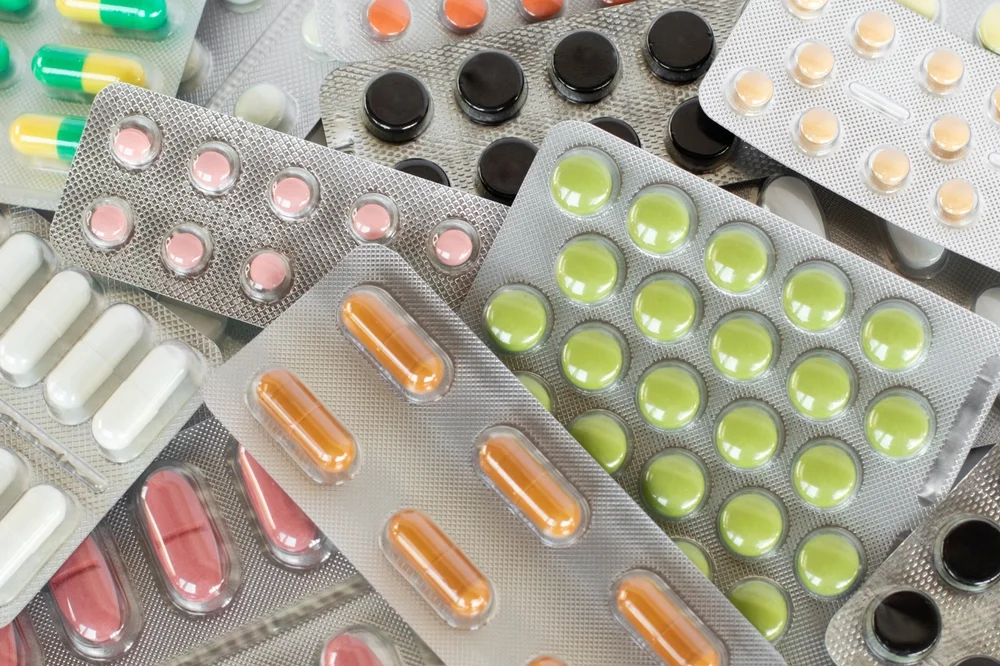
Types of Blister Packaging
Blister packaging comes in a few different types, each designed for specific needs. Here’s a simple guide to the most common ones:
Thermoformed Blisters
This is the most common type of blister packaging. It’s made by heating a plastic sheet until it softens, then molding it into shape. The plastic is then sealed to a backing, like paperboard or foil.
What it’s used for: Thermoformed blisters are great for packaging things like medications, small electronics, and toys. Their ability to be molded into different shapes makes them very versatile.
Cold-formed Blisters
Cold-formed blister packaging doesn’t need heat. Instead, a thicker plastic is pressed into a mold under pressure to create a stronger seal. This method is ideal for products that need extra protection, like moisture-sensitive medications.
What it’s used for: Cold-formed blisters are commonly used for pharmaceuticals, especially sensitive medications. The stronger seal helps protect the product from things like humidity and light.
Clamshell Packaging
Clamshell packaging is a two-piece plastic design, similar to a clam’s shell. The product is placed inside one half, and the two halves are hinged together. It can be sealed with a lock or heat.
What it’s used for: You’ve probably seen clamshell packaging for items like electronics, tools, or even food products. It’s perfect for protecting items while still making them easy for customers to open.
Each type of blister packaging has its own advantages depending on what you’re packaging. Whether you need clear visibility or extra protection, there’s a blister packaging option to suit your needs.
Benefits of Blister Packaging
Blister packaging is widely used across many industries, and for good reason. Here’s why it’s such a popular choice:
Protects Your Product
Blister packaging is designed to protect products from moisture, dust, dirt, and damage during transport. This is particularly important for items like medications, electronics, and small parts that can be easily harmed.
Security Features
One of the great things about blister packaging is its built-in security. Many packs have tamper-evident features, such as a sealed backing or peel-off layer, so customers can be sure the product hasn’t been tampered with. This is especially important for pharmaceuticals, where safety is a priority.
Clear and Attractive
Blister packaging is clear, allowing customers to see exactly what they’re buying. This increases the product’s visibility on shelves and makes it more appealing. Whether it’s a medication, toy, or small hardware item, the clear plastic makes it stand out and look neat.
Easy Portion Control
Blister packaging is perfect for products that need to be separated into individual portions, like tablets, vitamins, or snacks. Each item is placed in its own compartment, making it easy to track how much is used or left. This is especially helpful for medication adherence.
Cost-Effective Production
Blister packaging is often a more affordable option, especially for large production runs. It’s easy to produce in bulk and can be made with various materials to fit different budgets. Plus, it’s easy to customize for different product sizes and shapes, making it an efficient choice for manufacturers.
With these benefits, it’s easy to see why blister packaging is such a go-to solution. It offers excellent protection, security, and visibility, all while being cost-effective.
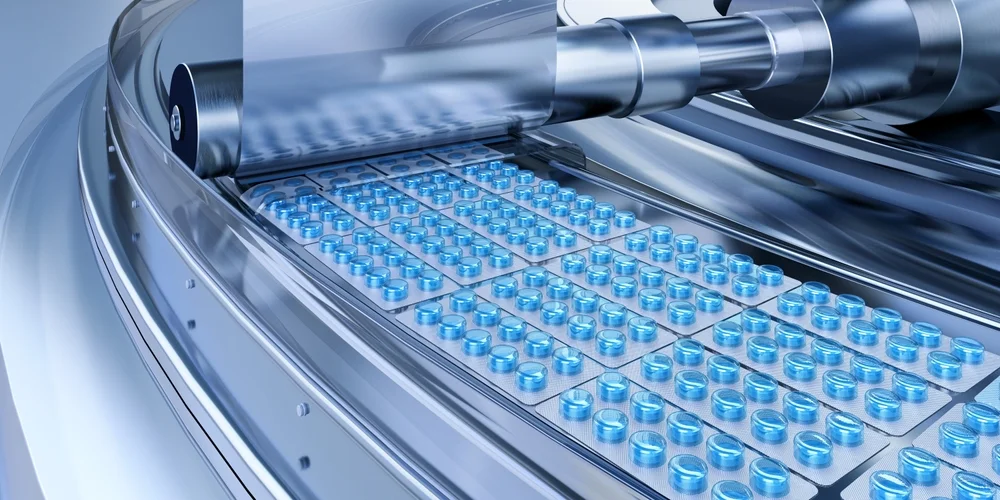
Materials Used in Blister Packaging
Blister packaging is made from a variety of materials, each chosen for its unique properties. Let’s take a look at the most common ones:
PVC (Polyvinyl Chloride)
PVC is one of the most commonly used plastics in blister packaging. It’s flexible, durable, and can be shaped easily to hold products securely. It’s also affordable, which makes it a popular choice for manufacturers.
Recyclability: While PVC can be recycled, it’s a bit more difficult than other plastics. Not all recycling programs accept it, so it’s important to check local guidelines.
PET (Polyethylene Terephthalate)
PET is a strong, clear plastic often used in food and medical packaging. It’s lightweight, provides a good barrier, and lets consumers see the product clearly. This is why you’ll find it in items like snacks or cosmetics.
Recyclability: PET is widely accepted by most recycling programs, which makes it a more eco-friendly choice than PVC. It’s one of the most recycled plastics and can be repurposed into things like clothing or new packaging.
Aluminum Foil
Aluminum foil is commonly used as the backing for blister packs, especially for pharmaceuticals. It keeps moisture, light, and air out, protecting sensitive products. Plus, it gives the packaging a sleek, shiny look.
Recyclability: Aluminum is highly recyclable and can be reused over and over without losing quality. Recycling aluminum helps conserve energy and reduces environmental impact.
Paperboard
Paperboard is often used as the backing in blister packs for both consumer goods and pharmaceutical products. It’s strong, easy to print on, and ideal for including branding or instructions.
Recyclability: Paperboard is easily recyclable and is accepted by most curbside recycling programs. It’s more sustainable than plastic or foil, especially when made from recycled materials.
Sustainability Concerns
While blister packaging has its benefits, there are concerns about its environmental impact. Plastics like PVC and PET take a long time to break down in landfills, and not all of them are easy to recycle. On the other hand, aluminum and paperboard are generally more recyclable. Still, the sustainability of blister packaging depends on how it’s made and disposed of. As manufacturers search for greener options, there’s a growing push for biodegradable materials and reducing plastic use.
If sustainability matters to you, it’s worth looking for packaging made from more recyclable materials or renewable sources. Every small change can make a difference in reducing packaging waste and its impact on the environment.
How Blister Packaging is Made
Blister packaging is a protective way of holding products in place. The process involves shaping plastic into a blister and sealing it to a backing to keep the product safe. Let’s break down how it’s done:
The Manufacturing Process
The process starts with a flat sheet of plastic. The plastic is either heated or pressed into a mold to form the blister. Then, the blister is sealed to a backing (usually paperboard or foil) to secure the product.
Here’s a simple overview of the steps involved:
- Heating or pressing the plastic until it becomes soft enough to shape.
- Shaping the plastic into a cavity that holds the product (this forms the “blister”).
- Sealing the plastic to the backing, which can be paperboard, foil, or sometimes another layer of plastic.
- Cutting the blister pack into the correct size, often into individual units for retail.
Cold Forming vs. Thermoforming
There are two main ways to create blister packaging: cold forming and thermoforming. Here’s how they differ:
Thermoforming
In thermoforming, a plastic sheet is heated until it’s soft and flexible. Then it’s molded into the desired shape. Once it’s shaped, it’s sealed to a backing (like paperboard or aluminum foil) using heat.
When it’s used: Thermoforming is a fast and cost-effective method, making it ideal for things like medications, small electronics, and toys.
Cold Forming
Cold forming uses high pressure to press the plastic into a mold instead of heat. This creates a stronger, more durable seal, and the plastic is often thicker.
When it’s used: Cold-formed blisters are better for items that need extra protection, like sensitive medications or high-end electronics. The stronger seal helps protect against moisture, light, and air, which could damage the product.
Both methods have their advantages. The choice depends on the product’s needs, whether it requires extra strength or if a quicker, more cost-effective solution works better.
Now you have a better understanding of how blister packaging is made and the difference between the two main methods!
Industries That Use Blister Packaging
Blister packaging isn’t just for one type of product; it’s used in many different industries. Here are some of the main areas where it’s commonly used:
Pharmaceuticals
Blister packaging is often used for medications like pills, capsules, and vitamins. It keeps each dose secure and easy to access. The packaging also protects the medicine from moisture, air, and light, which can affect its effectiveness. Plus, it has tamper-proof features to ensure the product is safe to use.
Electronics
Small electronics such as batteries, memory cards, and chargers are often packaged in blister packs. The sturdy plastic protects the delicate components from damage during shipping, and the clear packaging lets customers see exactly what they’re buying. It’s also cost-effective for manufacturers who make these products in large quantities.
Retail and Hardware
Blister packaging is commonly found in retail and hardware stores for products like tools, small appliances, batteries, and kitchen gadgets. It’s a great way to showcase items on store shelves, allowing customers to see exactly what they’re buying while keeping everything secure. It also makes it easy to hang products on display racks for better visibility.
Cosmetics and Personal Care
Blister packaging is also used for cosmetics and personal care products, like single-use skin care samples or disposable razors. The clear plastic lets customers see the product, while keeping it clean and safe. It’s also helpful for organizing small items like lip balms or lotions, making them easy to display on store shelves.
Blister packaging’s versatility and protective qualities make it a popular choice for many industries. Whether it’s protecting medicine, showcasing electronics, or displaying retail items, blister packaging helps keep products safe while presenting them in an attractive and practical way.
Blister Packaging vs Other Packaging Options
When deciding how to package a product, blister packaging isn’t the only choice. Let’s take a look at how it compares with other common options like shrink wrap, cartons, and plastic containers to see when blister packaging works best.
Shrink Wrap
Shrink wrap involves wrapping a product in a plastic film and using heat to make it fit snugly. While it’s great for keeping products secure and protecting them from dirt and moisture, it doesn’t allow customers to see the product clearly, which can be a downside in retail settings.
When to Choose Blister Packaging: Blister packaging is a better option when you want the product to be easily seen by customers. The clear design of blister packs makes it easy for people to see exactly what they’re buying, making it a better choice for retail displays.
Cartons
Cartons, or cardboard boxes, are commonly used for larger products or multiple items. They’re sturdy, and you can print lots of information or branding on them, making them ideal for shipping and storage. But, they don’t show what’s inside.
When to Choose Blister Packaging: Blister packaging is better for small, individual products that need to be visible and well-protected. Unlike cartons, blister packs securely hold each item in place, and customers can easily see the product, making it a great choice for things like medications, small electronics, and toys.
Plastic Containers
Plastic containers are often used for bulkier items or things that need more space, like liquids or creams. They’re durable and offer solid protection, which is good for fragile products.
When to Choose Blister Packaging: Blister packaging is perfect for small, single items that need compact, secure packaging. It’s also more cost-effective and easier to produce in large quantities compared to plastic containers. Single-use products, like batteries or pills, are often better off in blister packs than in large plastic containers.
Why Choose Blister Packaging?
Blister packaging is a great choice when:
- Visibility: You want the product to be clearly visible for customers.
- Protection: The item needs protection from moisture, dirt, or tampering.
- Compactness: You need a secure and space-efficient way to package smaller items.
- Portion Control: You need to offer single doses or individually packaged products, like medications or vitamins.
Blister packaging offers a great balance of protection, visibility, and cost-effectiveness. It’s a popular choice for many products across different industries. Whether you need to make the product easy to see, protect it, or just package it efficiently, blister packs offer a solution that other options might not match.
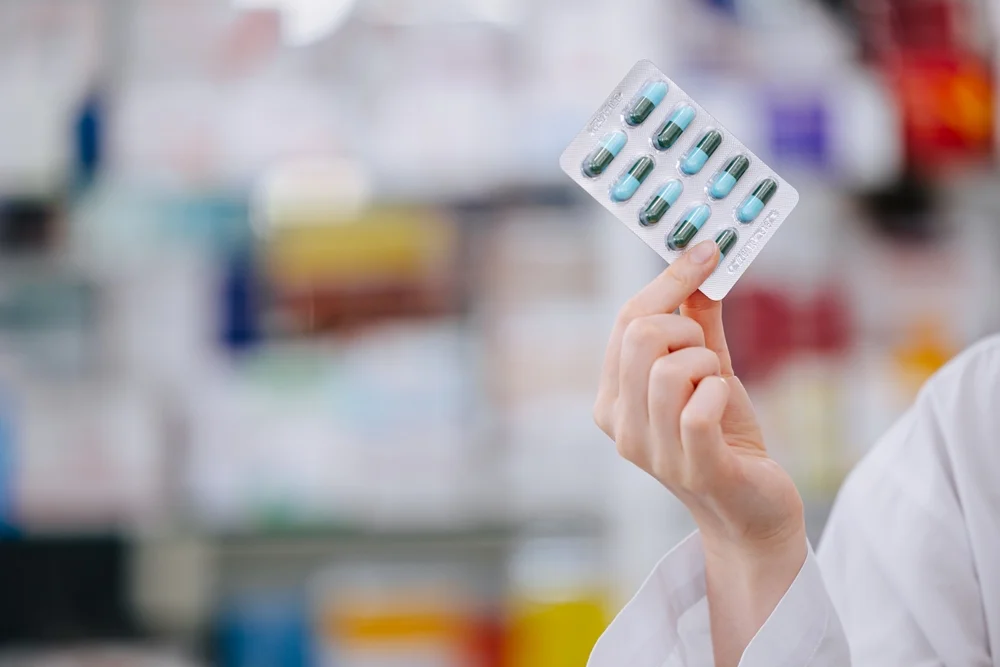
Sustainability and Environmental Considerations
Blister packaging is commonly used because it keeps products safe and organized. But it’s also important to think about how it affects the environment. Plastic waste is a growing concern, and many people are now looking for packaging options that are better for the planet.
Plastic Waste Concerns
Blister packaging is often made from plastic, which can stay in landfills for hundreds of years. Some types also combine plastic with other materials like foil, which makes them harder to recycle. This mix of materials can lead to more waste and bigger challenges for recycling centers.
Recyclable Options
Not all blister packaging is harmful. Some use materials that can be recycled, like PET plastic and aluminum foil. These are accepted by many recycling programs. Manufacturers are also working on simpler designs that use fewer layers, making it easier to separate and recycle the parts.
Eco-Friendly Materials
To reduce waste, many companies are exploring new materials. Biodegradable plastics and plant-based options made from things like cornstarch are now being used more often. These materials break down faster and come from renewable sources, which makes them a better choice for the environment.
Making the Right Choice
If you want to reduce your environmental impact, it’s worth choosing products with recyclable or biodegradable blister packaging. Many brands are now offering eco-friendly options, so it’s easier than ever to make a responsible choice without giving up convenience.
As more people choose better packaging, the industry continues to improve. Even small decisions like picking a recyclable package can make a difference for the planet.
Understanding Blister Packaging
Blister packaging is something we all come across often, whether it’s in medicine, cosmetics, electronics, or products in stores. It’s a smart choice because it keeps items safe, lets you see them clearly, and is easy to open and use.
Of course, there are concerns about plastic waste. But the good news is, there are now recyclable blister packs and materials being developed that are better for the environment. As people become more aware of sustainability, it’s likely we’ll see even more eco-friendly innovations in packaging.
If you’re a manufacturer or just someone who wants to make better choices, it’s important to understand both the benefits and challenges of blister packaging. By staying informed and exploring greener alternatives, we can still enjoy the convenience of this packaging while doing our part for the planet.
FAQs
What is blister packaging?
Blister packaging is a type of packaging where a product is placed inside a plastic cavity, which is then sealed with a backing like paperboard or foil. It’s commonly used for smaller items such as medications, batteries, and cosmetics.
Is blister packaging recyclable?
Yes, parts of blister packaging, like PET plastic and aluminum foil, can be recycled. But not all types of plastic are recyclable, so it’s best to check with your local recycling program to see what they accept.
Why is blister packaging used for medicines?
Blister packaging is used for medicines because it protects them from moisture, light, and air, all of which can affect their quality. It also provides a way to show if the packaging has been tampered with, making it safer for consumers.
Can blister packaging be eco-friendly?
Yes! There are eco-friendly options for blister packaging, like biodegradable plastics and plant-based materials. Manufacturers are increasingly using recyclable or renewable materials to make blister packs more sustainable and reduce their environmental impact.
How does blister packaging compare to shrink wrap?
Blister packaging is a better choice when you want to display the product clearly while keeping it safe. Unlike shrink wrap, which secures a product inside plastic, blister packaging is clear and protects the product from damage, moisture, and tampering.
Is blister packaging more expensive than other types of packaging?
Blister packaging can be more expensive than simpler options like shrink wrap or cardboard boxes, especially when you factor in production costs. However, it offers better protection and helps display products in an appealing way, which can make the added cost worthwhile for certain items.
What types of products are best for blister packaging?
Blister packaging is great for small and delicate items like pills, vitamins, batteries, small electronics, cosmetics, and toys. It’s ideal for products that need protection from damage or contamination and those that should be visible to customers.
How is blister packaging made?
Blister packaging is created by heating a plastic sheet and shaping it into a mold to form the blister cavity. Then, the plastic is sealed to a backing material like paperboard or aluminum foil. The product is placed inside, and the pack is sealed to keep everything secure.
Can blister packaging be used for larger products?
Blister packaging is usually best for small to medium-sized products. For larger items, options like boxes or plastic containers are typically a better fit. However, if a blister pack is designed with multiple cavities or larger formats, it could sometimes be used for bigger products.
Is blister packaging safe for food products?
Yes, blister packaging is commonly used for food, especially single-serve items like snacks or supplements. It helps protect food from moisture and air, which can affect its freshness. Just make sure the materials used are safe for food contact and FDA-approved.




